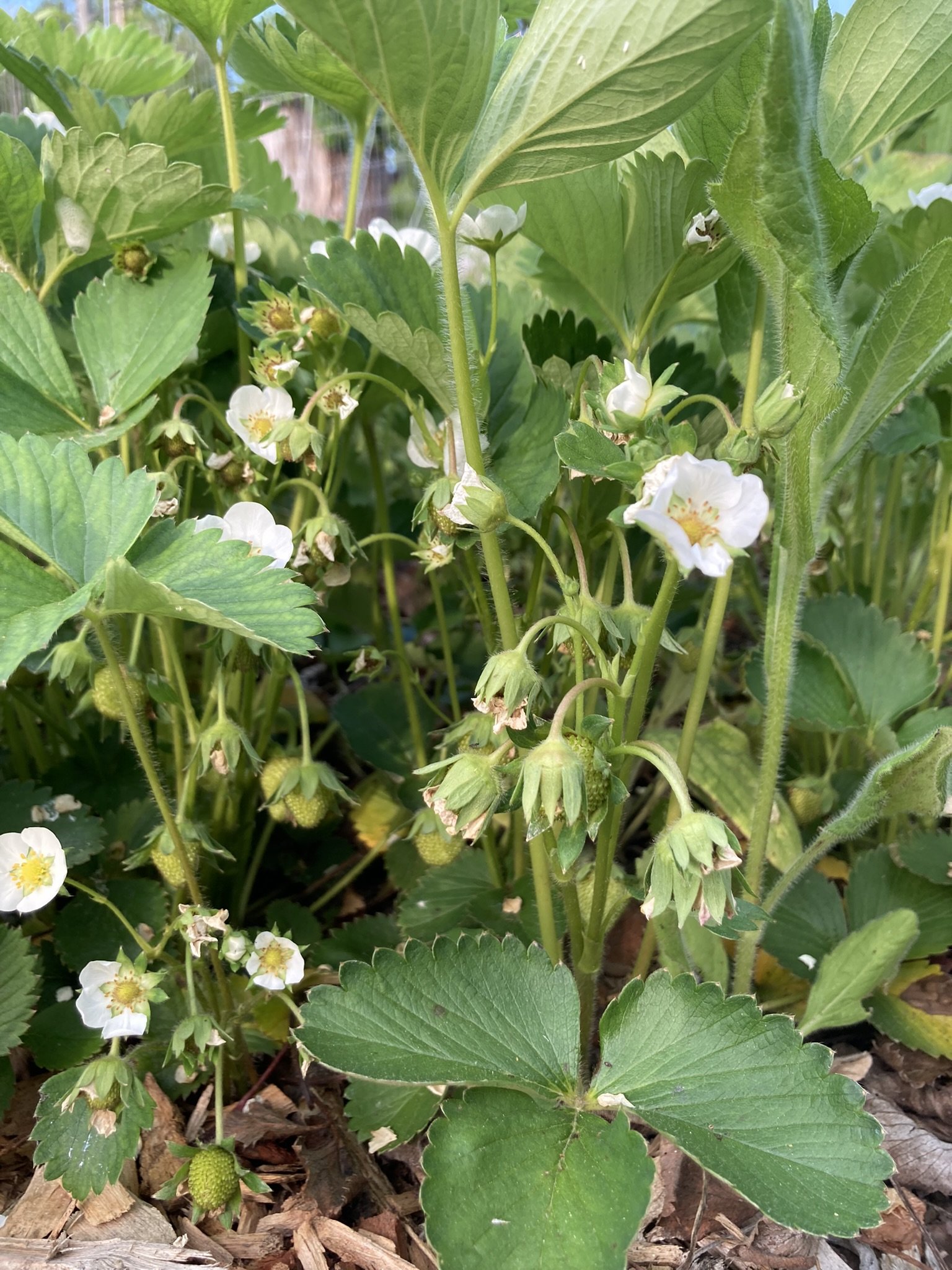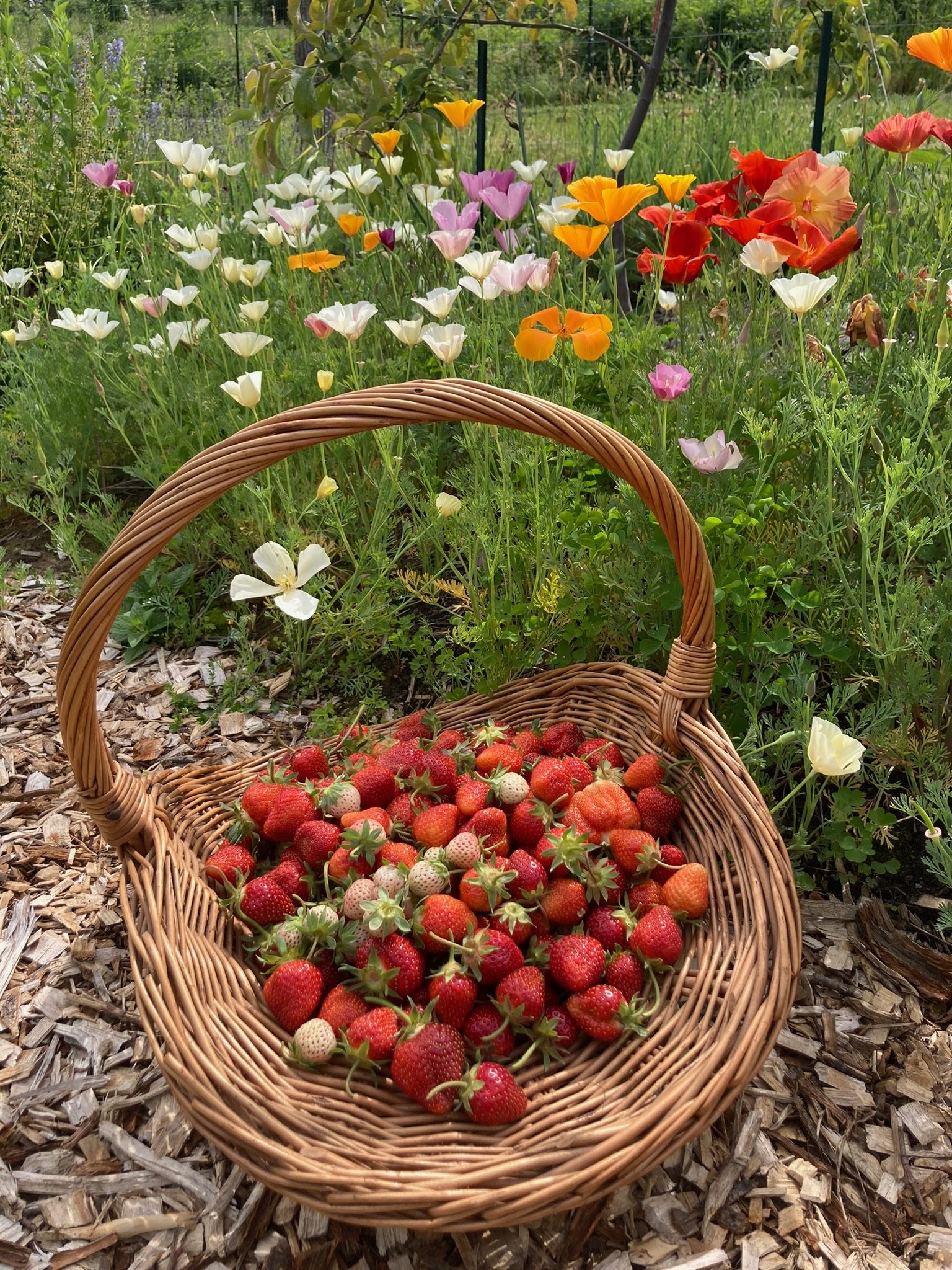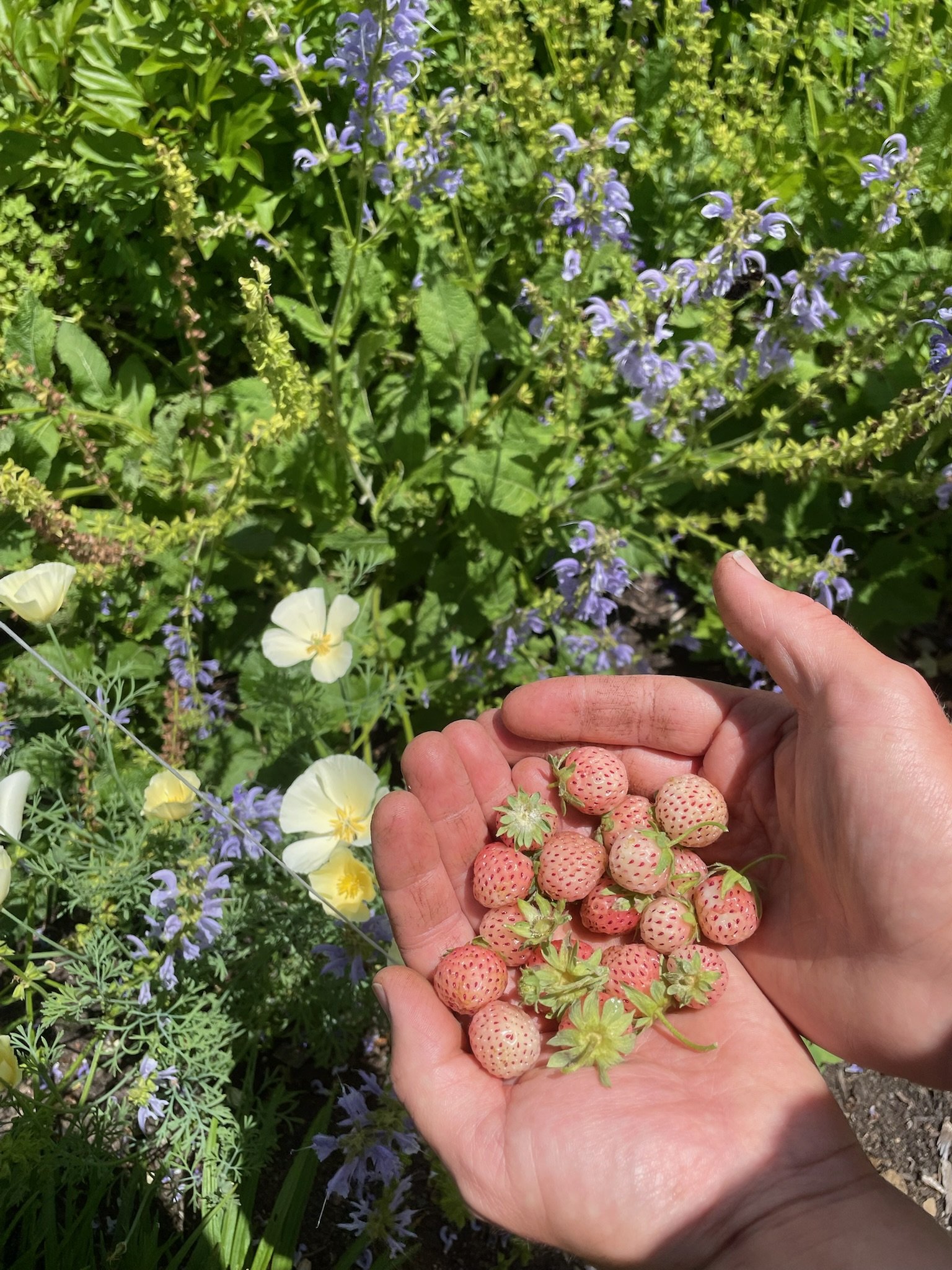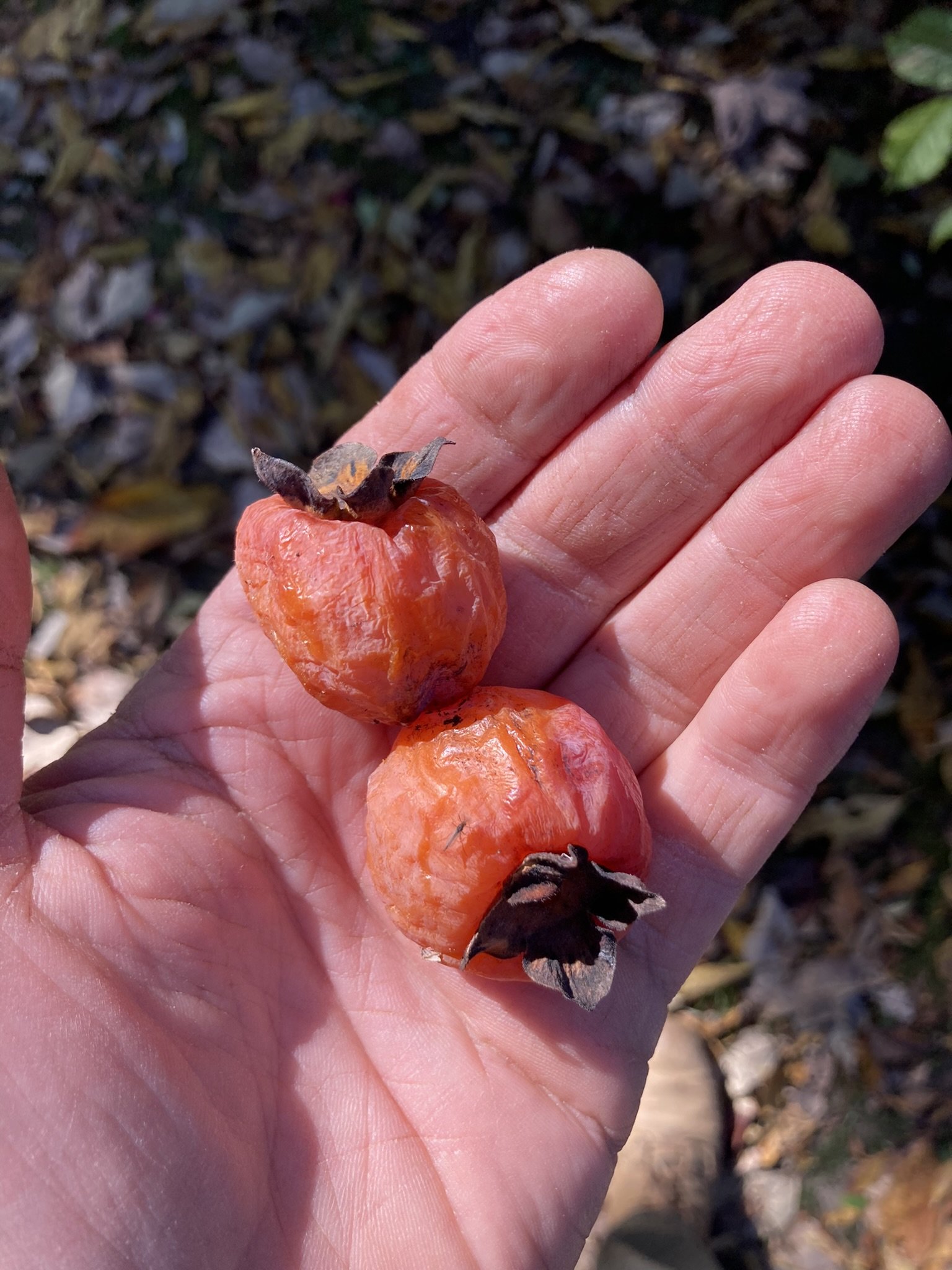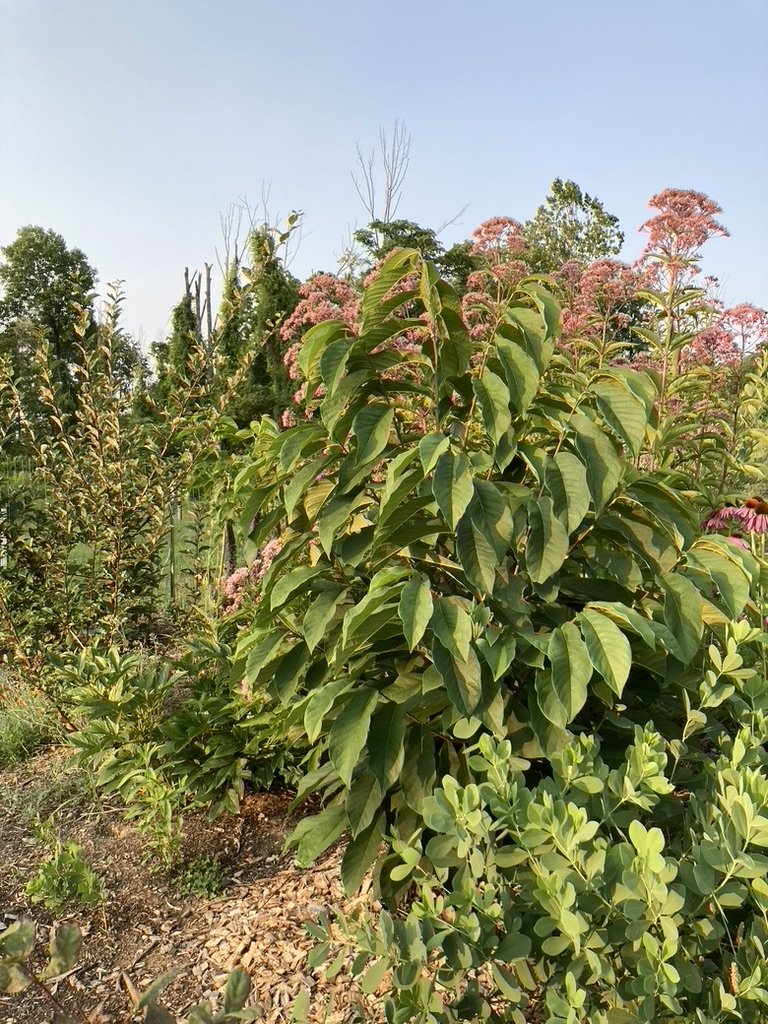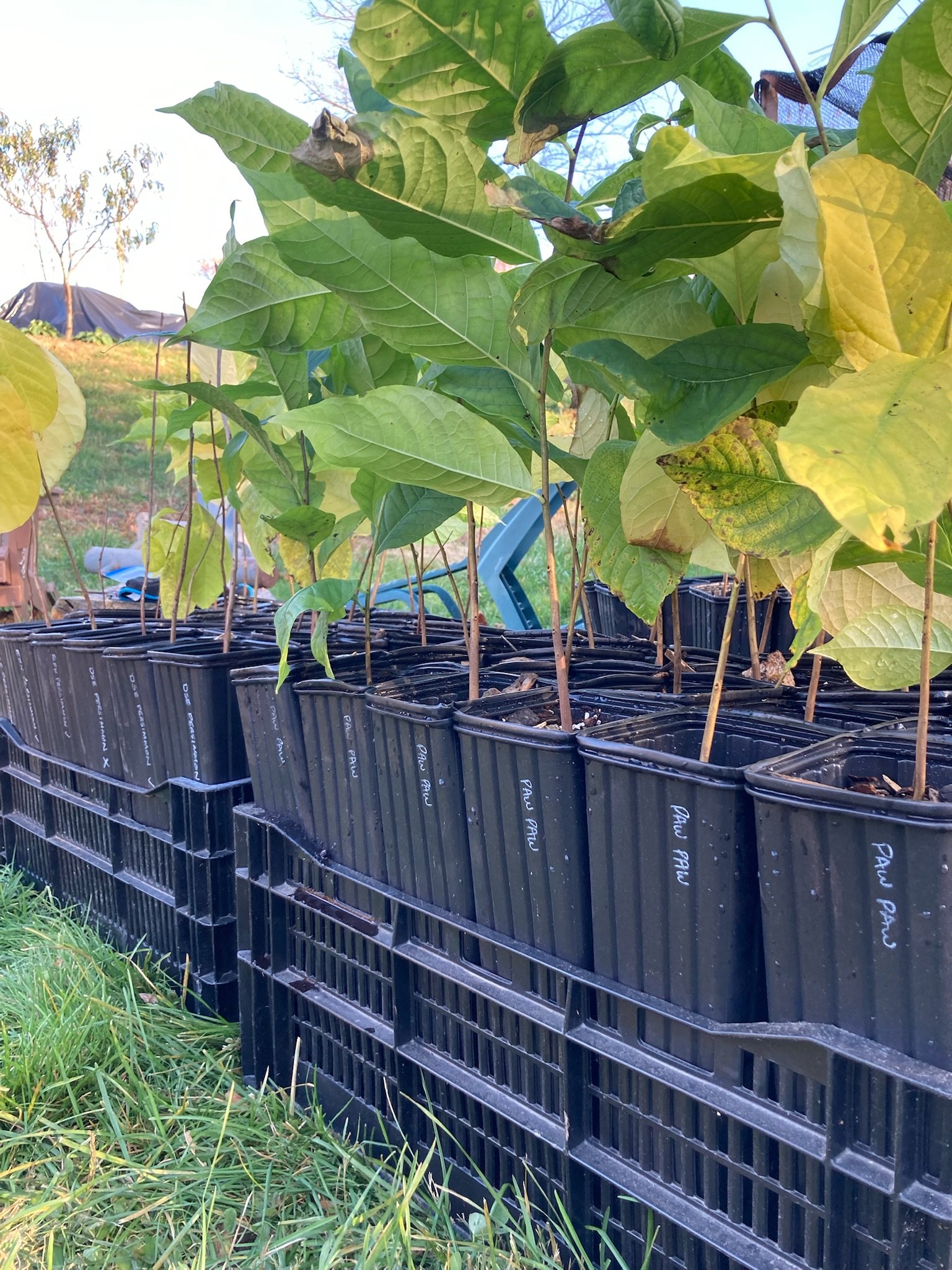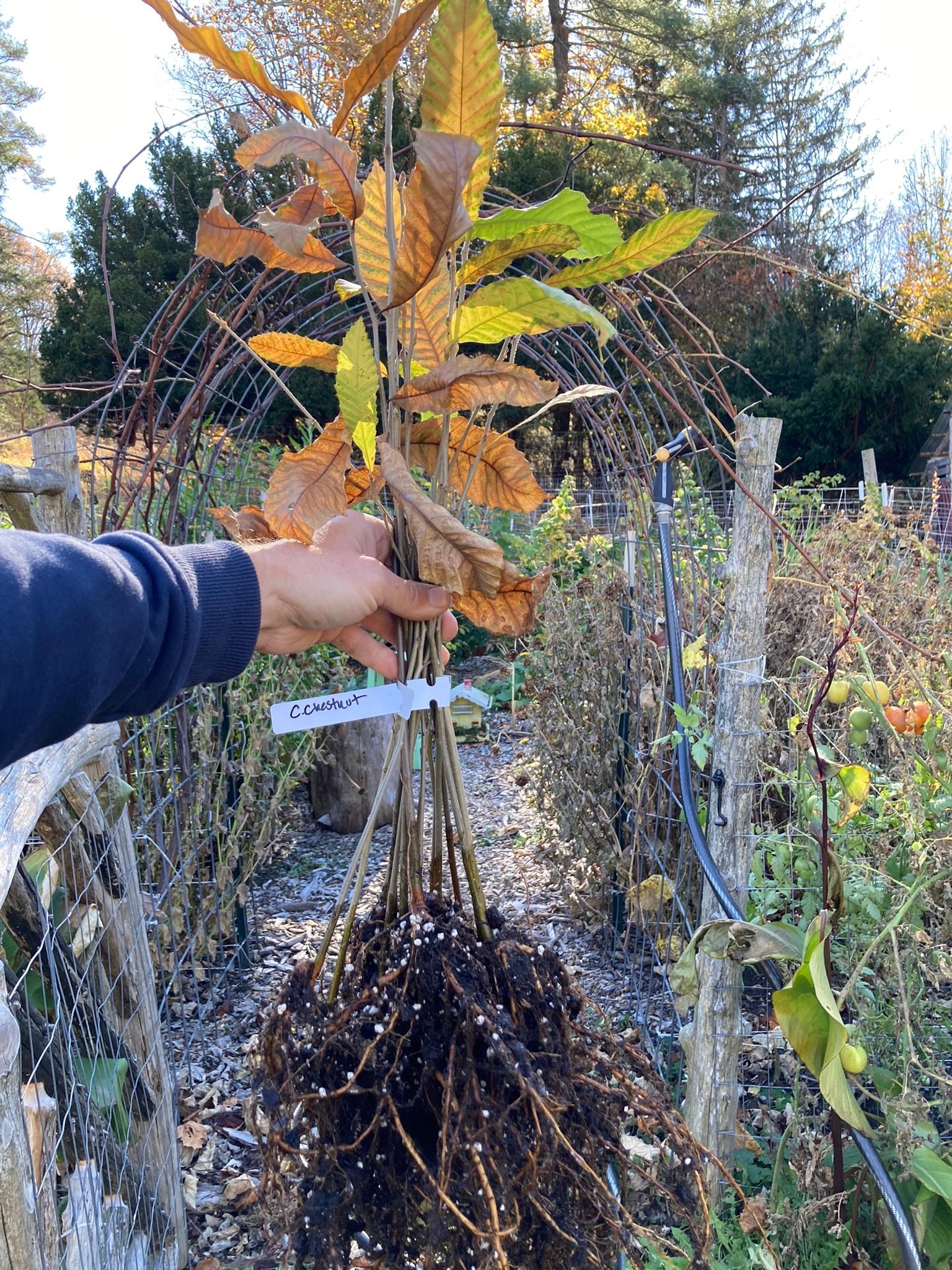 Image 1 of 2
Image 1 of 2

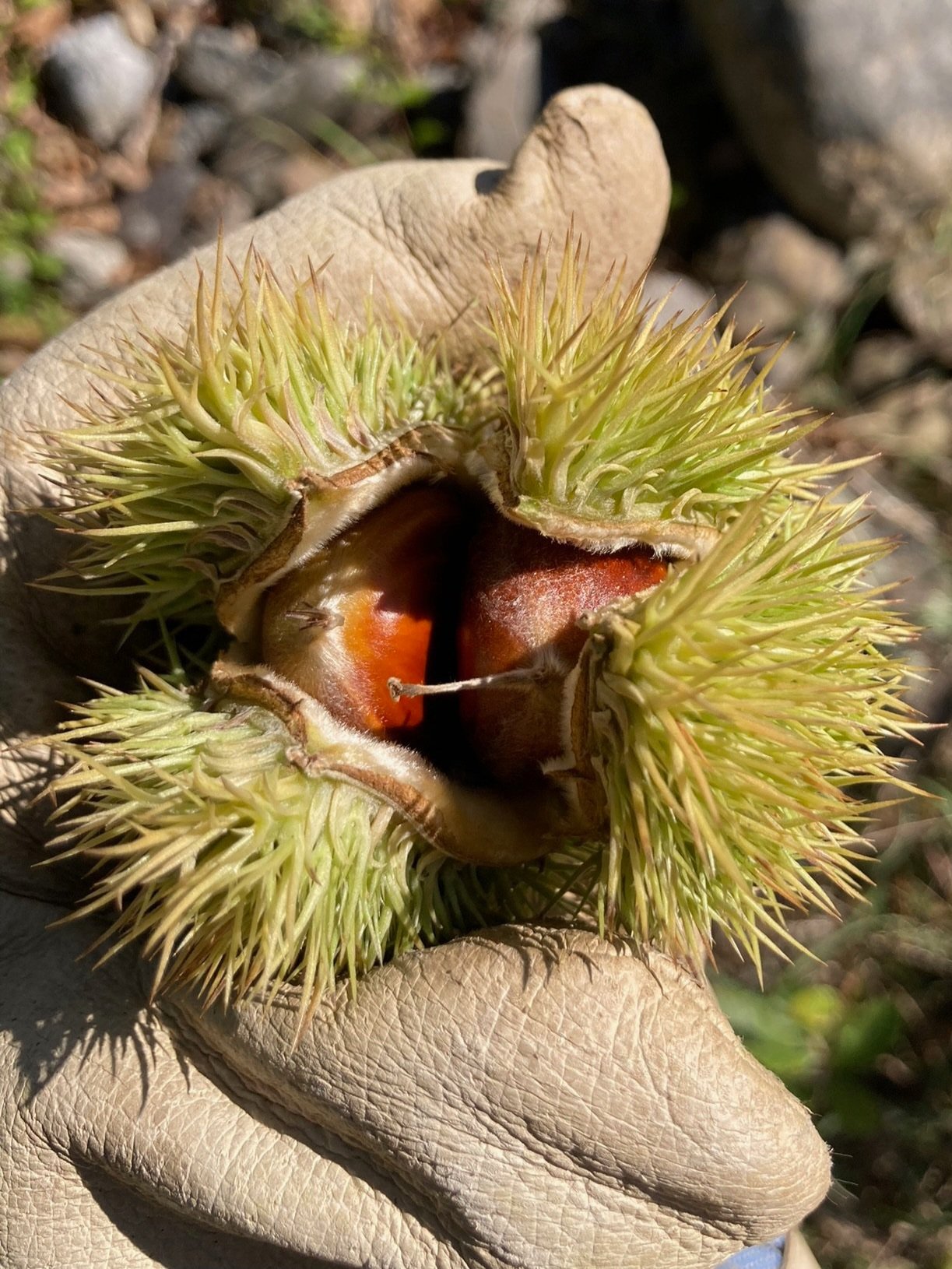 Image 2 of 2
Image 2 of 2



Chinese Chestnut (Bare Root)
(Castanea Mollisima)
For nut production, or food production in general, Chinese chestnuts are ideal. Mature trees can produce 50+ pounds of nuts per year, and unlike most nut trees, chestnuts yield nuts every single year. They are fast-growing and can produce nuts as soon as 4-6 years after planting, depending on climate and care. Chinese chestnut has the largest nuts and highest blight resistance of any chestnut. The nuts are larger than American chestnuts and sweeter than European chestnuts. Chinese chestnuts evolved with the blight fungus that killed the American chestnuts, so they are very resistant to the disease and generally only weakened trees are susceptible.
Flavor profile: Earthy, buttery, sweet, sweet potato
Hardiness zone: 4-8
Light: Full sun
Soil: Well-drained soil with pH 5.5-6.5
Mature height: 30-40’
Spacing: 40-50’ apart
Pollination: All Chinese chestnut seedlings are genetically distinct, so you will need at least 2 trees for cross-pollination, but 3+ is ideal.
Planting tips: Make sure your planting hole has good drainage by digging a large hole and stabbing the bottom and sides with a shovel so water can drain. Fill the hole with native soil to help water disperse evenly.
Growing tips: Consistent watering is crucial for newly planted trees to help minimize transplant shock and establish strong roots.
We are unable to ship this product outside the contiguous US or to California, Oregon, Washington, and Florida.
All orders are for Spring 2025 and will be shipped in late March or early April. Live plants will be shipped bare root and dormant.
(Castanea Mollisima)
For nut production, or food production in general, Chinese chestnuts are ideal. Mature trees can produce 50+ pounds of nuts per year, and unlike most nut trees, chestnuts yield nuts every single year. They are fast-growing and can produce nuts as soon as 4-6 years after planting, depending on climate and care. Chinese chestnut has the largest nuts and highest blight resistance of any chestnut. The nuts are larger than American chestnuts and sweeter than European chestnuts. Chinese chestnuts evolved with the blight fungus that killed the American chestnuts, so they are very resistant to the disease and generally only weakened trees are susceptible.
Flavor profile: Earthy, buttery, sweet, sweet potato
Hardiness zone: 4-8
Light: Full sun
Soil: Well-drained soil with pH 5.5-6.5
Mature height: 30-40’
Spacing: 40-50’ apart
Pollination: All Chinese chestnut seedlings are genetically distinct, so you will need at least 2 trees for cross-pollination, but 3+ is ideal.
Planting tips: Make sure your planting hole has good drainage by digging a large hole and stabbing the bottom and sides with a shovel so water can drain. Fill the hole with native soil to help water disperse evenly.
Growing tips: Consistent watering is crucial for newly planted trees to help minimize transplant shock and establish strong roots.
We are unable to ship this product outside the contiguous US or to California, Oregon, Washington, and Florida.
All orders are for Spring 2025 and will be shipped in late March or early April. Live plants will be shipped bare root and dormant.
(Castanea Mollisima)
For nut production, or food production in general, Chinese chestnuts are ideal. Mature trees can produce 50+ pounds of nuts per year, and unlike most nut trees, chestnuts yield nuts every single year. They are fast-growing and can produce nuts as soon as 4-6 years after planting, depending on climate and care. Chinese chestnut has the largest nuts and highest blight resistance of any chestnut. The nuts are larger than American chestnuts and sweeter than European chestnuts. Chinese chestnuts evolved with the blight fungus that killed the American chestnuts, so they are very resistant to the disease and generally only weakened trees are susceptible.
Flavor profile: Earthy, buttery, sweet, sweet potato
Hardiness zone: 4-8
Light: Full sun
Soil: Well-drained soil with pH 5.5-6.5
Mature height: 30-40’
Spacing: 40-50’ apart
Pollination: All Chinese chestnut seedlings are genetically distinct, so you will need at least 2 trees for cross-pollination, but 3+ is ideal.
Planting tips: Make sure your planting hole has good drainage by digging a large hole and stabbing the bottom and sides with a shovel so water can drain. Fill the hole with native soil to help water disperse evenly.
Growing tips: Consistent watering is crucial for newly planted trees to help minimize transplant shock and establish strong roots.
We are unable to ship this product outside the contiguous US or to California, Oregon, Washington, and Florida.
All orders are for Spring 2025 and will be shipped in late March or early April. Live plants will be shipped bare root and dormant.



